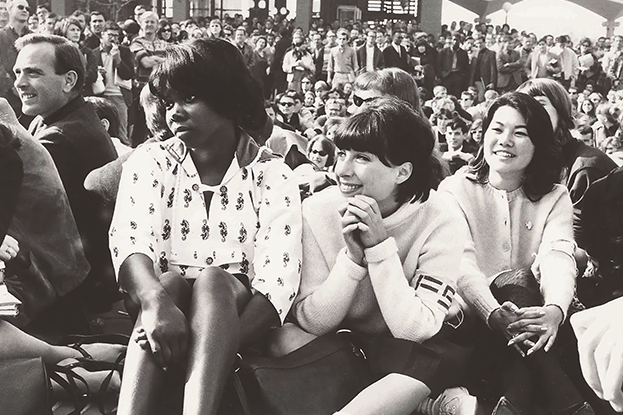In the 1960s, institutions of higher education saw a rapid influx of students of color at what were traditionally white colleges and universities in the US Before 1965, the majority of Black students in the country were enrolled at Traditionally Black Colleges and Universities.
The increase in enrollment was primarily due to several landmark legislations, including the 1965 Higher Education Act (HEA) and the 1965 Immigration and Nationality Act (INA). The HEA greatly expanded financial aid to college students, allowing more students of color to attend more colleges and universities. The INA increased the possibility of immigration from Asian-origin countries to the United States, enabling more students of Asian descent to enroll in institutions of higher learning. Traditionally white colleges and universities also began accepting more African American students in response to political activism, especially following the assassination of Dr. Martin Luther King Jr.


